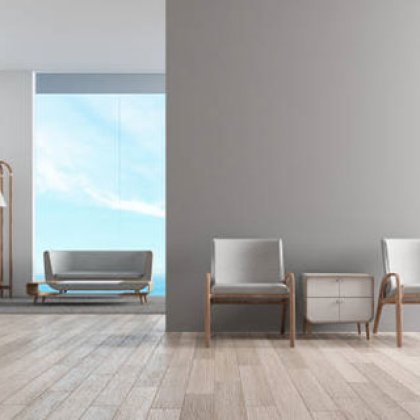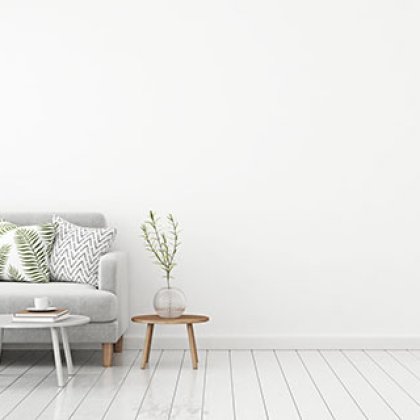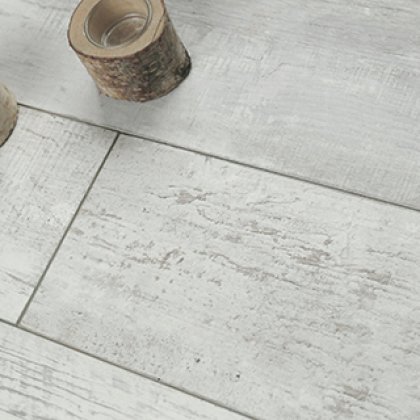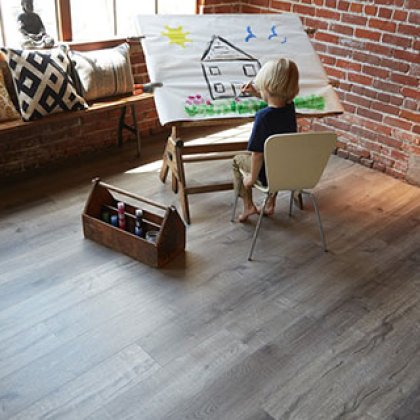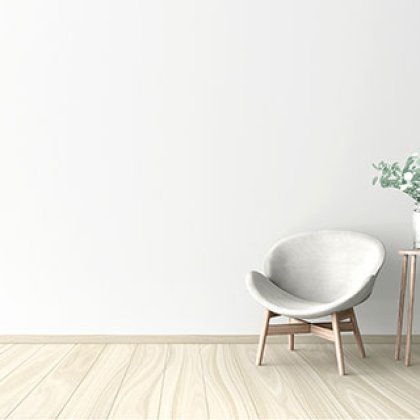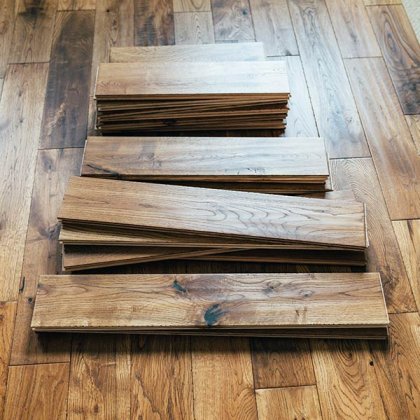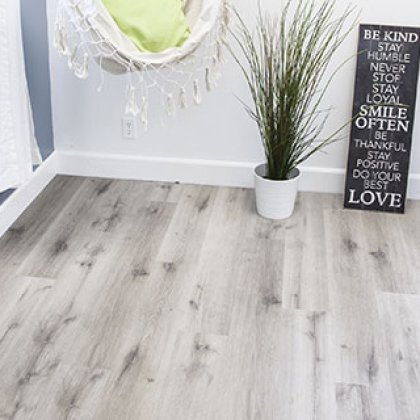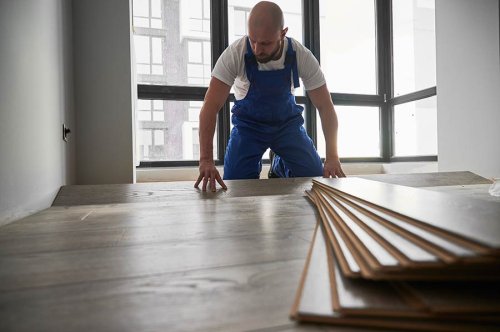Choosing the Right Laminate Flooring Thickness: Expert Guide
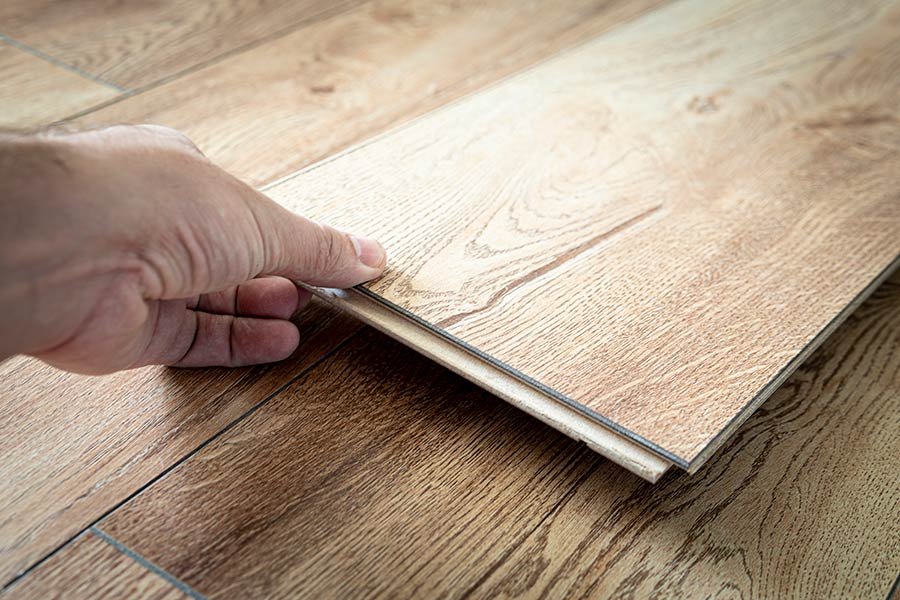
Choosing the right laminate flooring is more than just picking a color. The thickness of laminate flooring can make or break the feel and durability of your floors. Thin laminate might save you some cash upfront, but thicker options promise more comfort and longevity, acting like a shield against daily wear and tear. This guide dives into why thickness matters and how to select the best option for your space, ensuring you get the most bang for your buck without compromising on quality or style.
Key Takeaways
- Thicker laminate flooring is better for high foot traffic areas. It lasts longer and feels more like real wood.
- Thin laminate works well in low-traffic spots. It's cheaper but might not feel as nice underfoot.
- Check your subfloor before choosing. Smooth, even floors are less picky about laminate thickness.
- Paying a bit more for thicker laminate can save you money later. It often means less wear and tear.
- Compare thicknesses before you buy. Think about where you'll put the flooring and how much use it will get.
- Remember, the best choice balances cost, quality, and your specific needs. Pick what's best for your home.
Importance of Laminate Thickness
Impact on Durability
Thicker laminate floors are tough. They can handle a lot of foot traffic without showing much wear and tear. This means they look new for longer. They also protect better against dents and scratches. If you drop something heavy, a thicker laminate is more likely to take the hit without damage.
A thicker floor also has a longer lifespan. It can last years longer than thinner options. This makes it a smart choice for busy homes.
Influence on Aesthetics
Thicker laminate flooring often looks more like real wood. This is because it has more depth and texture. It feels more substantial underfoot too. When you walk on it, it doesn't sound hollow or cheap.
A room with thicker laminate flooring can look and feel more luxurious. It adds to the beauty of your space. It makes your home feel warmer and more inviting.
Comparing Different Thicknesses
6mm to 8mm Options
Laminate flooring that measures between 6mm and 8mm thick is a great pick for areas with less foot traffic. It's the go-to choice for rooms that don't see a lot of action, like closets or bedrooms. These options are more affordable, making them perfect for budget-conscious homeowners. They're also easier to handle during installation. You can cut and fit these thinner laminates without much hassle. This makes them ideal for DIY projects or quick updates to your home.
10mm to 12mm Options
For busier parts of your home, like living rooms and hallways, choosing laminate flooring that's 10mm to 12mm thick is wise. These thicker options are designed to withstand a lot of use. They feel more solid and stable when you walk on them. This thickness range also offers better sound insulation. It can help keep rooms quieter, reducing the noise of footsteps and dropped items. If you're looking for flooring that combines durability with comfort, these thicker laminates are worth considering.
Evaluating Foot Traffic Levels
Residential vs Commercial Use
For commercial spaces, thicker laminate is often the best choice. It can handle lots of people walking on it every day. Shops, offices, and other business places need floors that last long. They choose thick laminate for this reason.
Homes usually do well with medium thickness laminate. Families walk on these floors a lot, but not as much as in commercial spaces. People want their homes to look good without spending too much money. They find a balance between cost and durability.
High-Traffic Areas
In places where many people walk, like hallways and living rooms, thicker laminate is better. It doesn't show marks or damage easily. This means the floor looks new for a longer time.
Busy spaces in your home or work benefit from thick laminate. It keeps its appearance longer in these areas. You won't have to replace it as often. This saves money over time.
Subfloor Condition Considerations
Uneven Subfloors
Thicker laminate flooring is best for uneven subfloors. It hides bumps and gaps well. This means your floor looks smooth when it's done. You won't have to work as hard to get the subfloor perfect before you start laying the laminate.
With a thick laminate, small imperfections won't show. Your room will look and feel better. People walking on it will notice how even it feels. That's because thicker materials are good at smoothing things out.
Moisture Levels
In places like kitchens and bathrooms, floors can get wet. Thicker laminate flooring helps keep water out. It's better at stopping moisture than thinner options. This keeps your floor safe from damage.
You should think about using a moisture barrier, too. It adds extra protection against water. This is very important in areas that get a lot of spills or have high humidity. A good barrier keeps your floor dry and in good shape for a long time.
Balancing Cost and Quality
Budget-Friendly Choices
Thinner laminate flooring is a great option for saving money. It costs less than thicker ones. This makes it good for people who don't want to spend a lot.
It's also smart for places you might change soon. If a piece gets hurt, you can fix it without much trouble. This choice helps when you need something nice but are watching your spending.
Premium Options
Choosing thicker laminate means getting more benefits. These floors feel stronger under your feet. They look nicer too, with many styles to pick from.
Thicker floors can last longer and come with promises that they will hold up over time. They work better against wear and tear. This makes them a wise pick for homes looking for lasting quality.
Closing Thoughts
Choosing the right laminate flooring thickness is key. You've seen how thickness impacts durability, feel, and sound. From high-traffic areas to the state of your subfloor, every detail matters. It's about finding that sweet spot between cost and quality, ensuring you get the best bang for your buck without compromising on performance. Remember, thicker isn't always better; it's about what fits your space and needs.
Now's the time to act. Armed with this guide, you're ready to make an informed decision. Don't just dream about that perfect floor—make it a reality. Start exploring options, compare what's out there, and choose a laminate that ticks all your boxes. Your ideal flooring is just a decision away. Dive in!
Frequently Asked Questions
Why is laminate flooring thickness important?
Laminate flooring thickness determines its durability, feel underfoot, and how well it mimics real wood. Thicker laminate can better absorb impact, reducing noise and increasing comfort.
How do different thicknesses of laminate flooring compare?
Thicker laminate floors (12mm) offer greater durability and a more realistic wood feel than thinner options (7mm), but they tend to be more expensive.
How should foot traffic levels influence my choice in laminate flooring thickness?
High-traffic areas benefit from thicker laminate flooring (10mm-12mm) due to its enhanced durability and ability to withstand wear and tear better than thinner alternatives.
What subfloor conditions necessitate thicker laminate flooring?
Uneven or imperfect subfloors require thicker laminate (10mm-12mm) for better coverage of imperfections and a smoother overall appearance.
How can I balance cost and quality when choosing laminate flooring?
Opt for the thickest laminate your budget allows to ensure a good mix of durability, aesthetics, and value. Consider investing in thicker options for high-use areas and going thinner where traffic is light.



